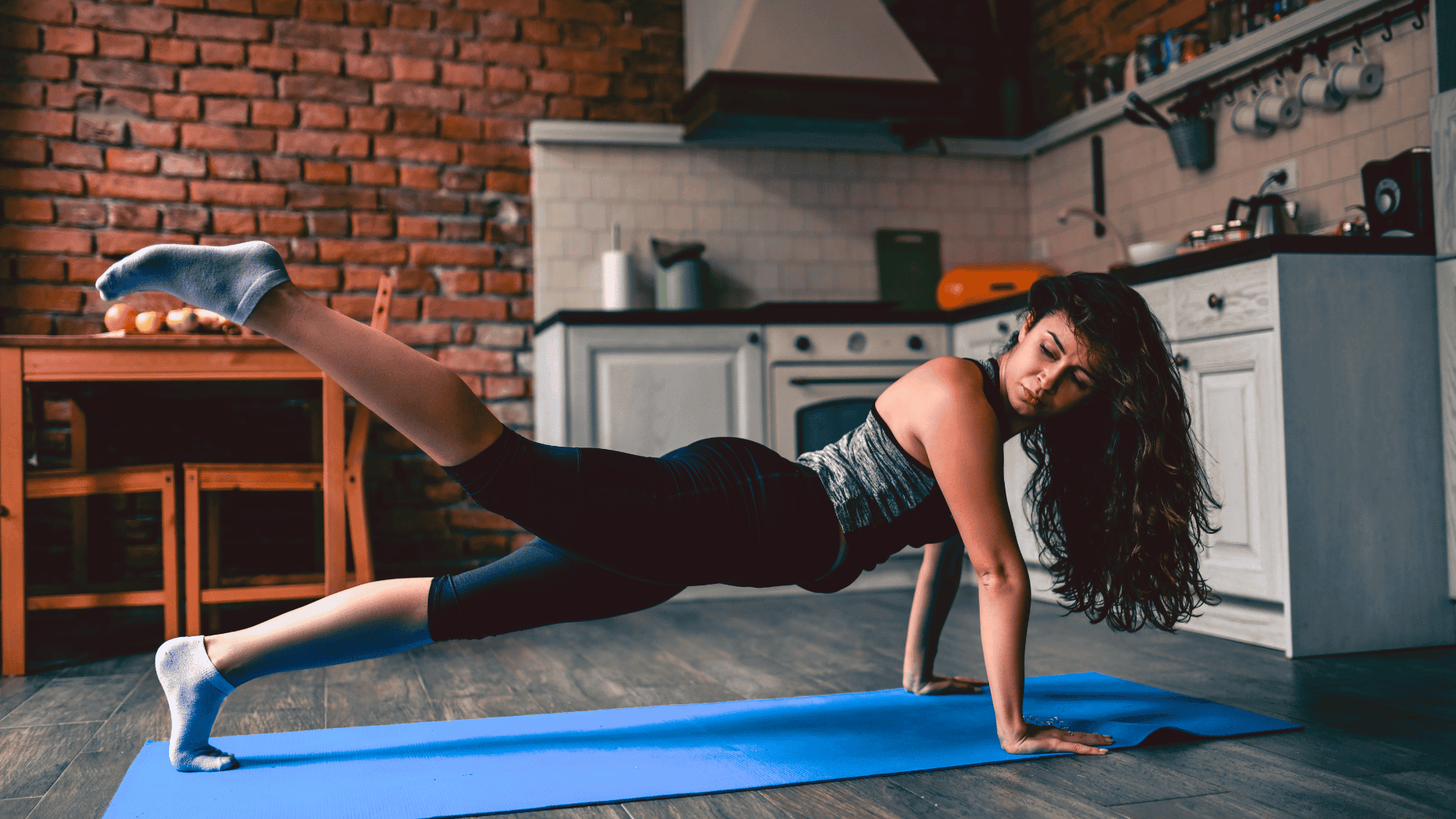Most workouts ask for more than you can give, more time, more gear, more energy you just don’t have right now.
But calisthenics? That’s a whole different story.
It’s simple. It’s equipment-free. And it actually works, even if you’re just starting out.
Calisthenics uses your own bodyweight to build strength, tone muscles, and boost energy, no gym or gadgets needed. You can do it in your living room, during nap time, or right before dinner.
This guide is for women who are tired of fitness plans that feel out of reach. If you’re ready to ease in, build real strength, and feel better (without feeling overwhelmed), you’re in the right place.
In the next few minutes, you’ll learn how to start calisthenics from scratch, which moves to focus on, and how to make progress you can actually stick with.
What Is Beginner Calisthenics for Women and Why It Works
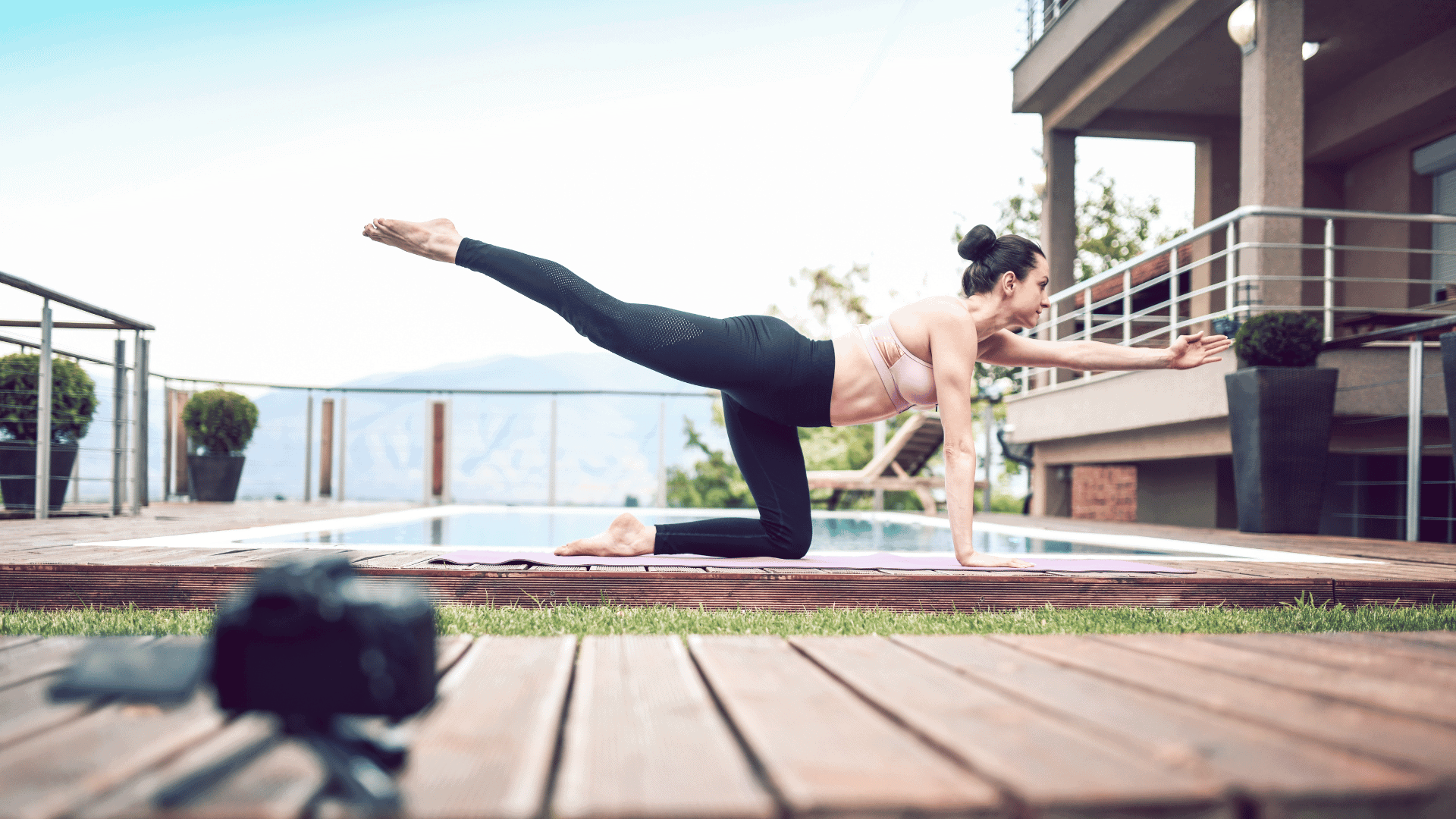
Think of calisthenics as strength training without the stuff. No dumbbells, no machines, just your body, working against gravity.
It’s simple, but powerful. You’ll do moves like squats, push-ups, planks, and lunges. And because it’s all bodyweight, you can scale it up or down depending on how you feel that day.
So why are more women getting into calisthenics now? Easy! It fits into real life.
You don’t need a gym membership or a fancy setup. You can do it barefoot in your living room while dinner’s in the oven.
And because every move is adjustable, it works whether you’re just starting or coming back after a break.
More importantly, it gives you wins you can feel. Your arms get stronger. Your core feels tighter. Your legs move with more control. And your energy? Way better.
Calisthenics also builds confidence, not just in your body, but in your ability to follow through. That matters.
It’s not about doing the hardest version right away. It’s about starting smart, sticking with it, and noticing how each rep gets a little easier.
The Best Beginner Calisthenics Moves for Women
When you’re just starting out with calisthenics, less is more. You don’t need a long list of exercises, just a few moves that target major muscle groups and help you build strength from the ground up.
These basics lay the foundation for everything that comes next. Here are the best beginner-friendly moves to focus on:
Incline or Knee Push-Ups
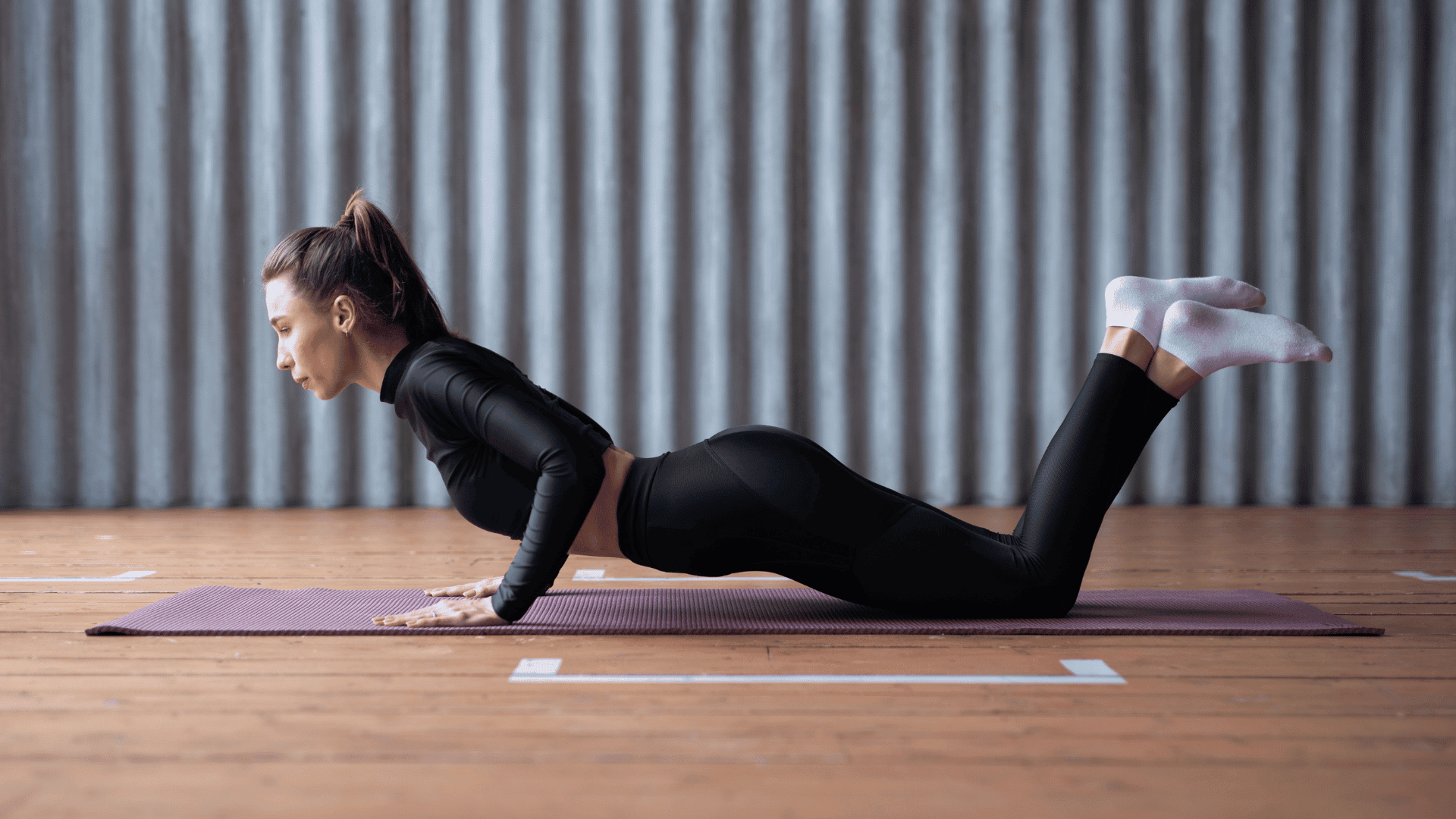
This move builds strength in your chest, shoulders, and arms.
If a full push-up feels too tough, start with your hands on a sturdy surface like a table or counter (incline push-up), or drop your knees to the floor.
Keep your elbows close and your core tight as you lower and push up.
Bodyweight Squats
Squats train your legs, glutes, and core in one simple move.
Stand with feet shoulder-width apart, then lower your hips like you’re sitting back into a chair. Keep your chest lifted and your heels flat on the ground. Rise back up with control.
Glute Bridges
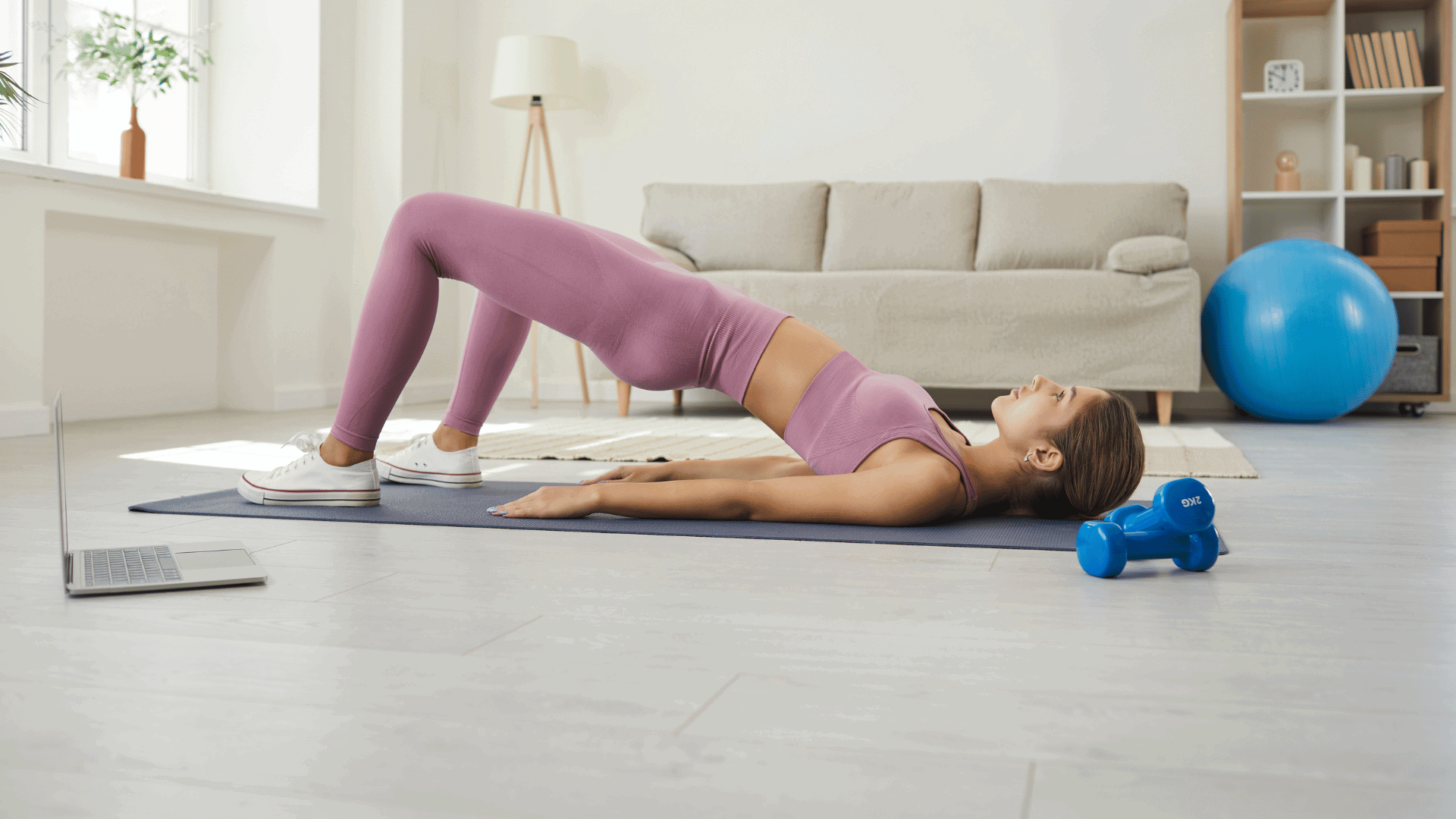
This is a great way to activate your hips, glutes, and core. Lie on your back with your knees bent and feet flat. Press through your heels to lift your hips, squeeze your glutes at the top, then slowly lower back down.
Avoid arching your back, the movement should come from your hips.
Chair Dips
To strengthen the back of your arms (your triceps), sit on the edge of a sturdy chair with your hands beside your hips. Walk your feet forward, then lower your body by bending your elbows. Push back up to return to the top.
Keep the motion slow and controlled.
Planks and Side Planks
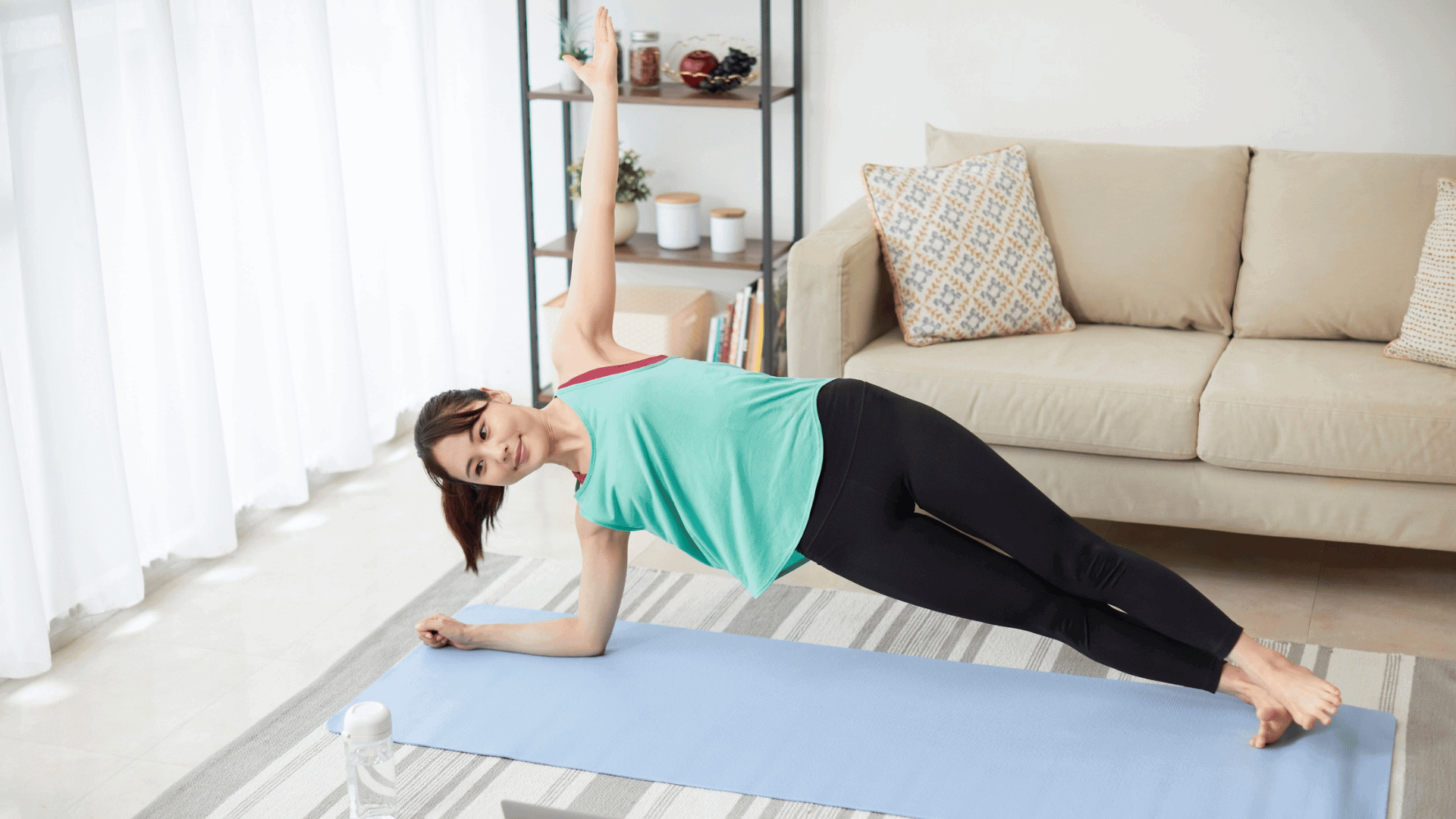
Planks build deep core strength and improve posture. Start on your forearms and knees or toes, keeping your body in a straight line from head to hips.
Hold for time. When you’re ready for a challenge, try a side plank to work your obliques.
Lunges
Lunges tone your legs and glutes while helping you build balance. Step one foot forward, bend both knees to lower down, then press back up to standing.
Alternate sides. If balance is tricky, lightly hold onto a wall or countertop for support.
Each of these moves can be adjusted to match your level. Go slower, take breaks, or reduce reps when needed. What matters most is doing each movement with good form and consistency. That’s what builds real strength.
Beginner Calisthenics Workout Routine for Women at Home

A solid workout doesn’t need to be long — it just needs to be clear, balanced, and easy to stick with.
This beginner routine is built to hit all your major muscle groups using simple, effective bodyweight moves. No equipment needed, just a little space and a plan that fits into your week.
Start with a Quick Warm-Up
Spend about 5 minutes getting your blood flowing and joints moving. This step helps prepare your muscles and reduce the risk of injury. Try the following:
- March in Place: Stand tall and lift your knees one at a time, swinging your arms gently. Keep a steady pace for about one minute.
- Arm Circles: Extend your arms to the sides and draw slow circles forward for 30 seconds, then switch directions for another 30.
- Bodyweight Squats: Perform 10 slow squats to warm up your legs and hips.
- Gentle Torso Twists: Stand with feet shoulder-width apart. Twist side to side with a relaxed upper body for about 30 seconds.
Your Full-Body Routine
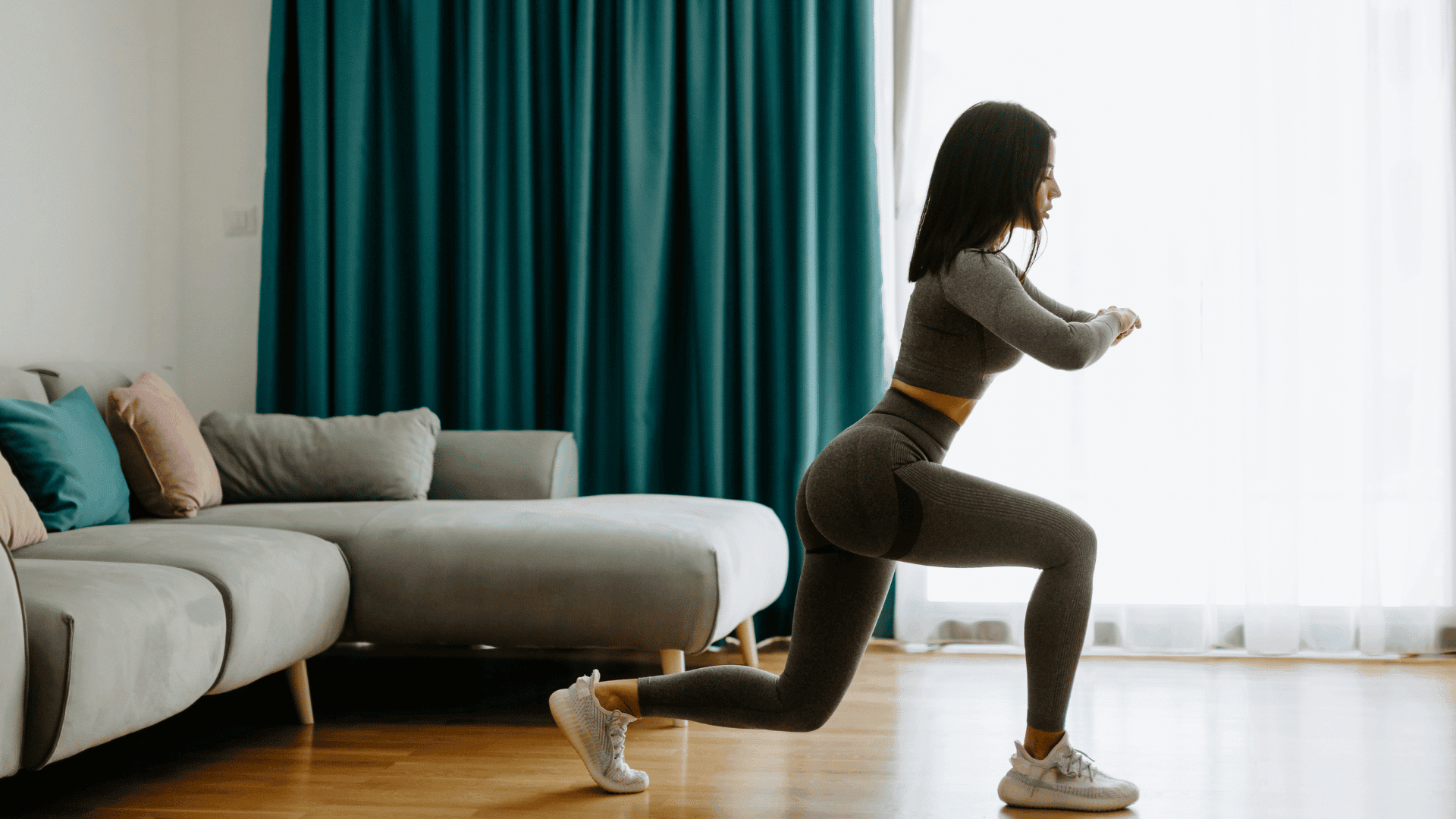
This main workout includes six simple exercises. Do each one for the listed reps, then rest for 30 to 60 seconds before moving to the next. Complete 2 to 3 rounds total.
Incline or Knee Push-Ups (10–15 reps)
Place your hands on a counter or start on your knees. Lower your chest toward the surface or floor while keeping your elbows close. Push back up with control.
Focus on keeping your core tight the whole time.
Bodyweight Squats (15 reps)
Stand with your feet shoulder-width apart. Lower your hips down and back like you’re sitting in a chair. Keep your chest lifted and heels grounded. Stand back up and repeat.
Glute Bridges (10 reps)
Lie on your back with knees bent, feet flat on the ground. Press through your heels to lift your hips off the floor. Squeeze your glutes at the top, then lower down slowly.
Chair Dips (10 reps)
Sit on the edge of a sturdy chair with your hands next to your hips. Slide your body forward and lower yourself by bending your elbows. Press back up. Keep your movements slow and elbows tucked in.
Plank Hold (20 seconds or as long as possible)
Get on your forearms and knees or toes. Keep your body in a straight line from head to hips. Focus on tightening your core and breathing steadily.
Walking Lunges (10 reps per leg)
Step forward with one foot, bend both knees, and lower into a lunge. Push off the front foot to bring your back leg forward. Alternate legs. Use a wall for balance if needed.
How Often to Do It
Aim to complete this routine three non-consecutive days each week — for example, Monday, Wednesday, and Friday. This gives your muscles time to recover while keeping your momentum strong.
Finish with a Cooldown
Spend 3 to 5 minutes stretching after your workout. Focus on your major muscle groups:
- Hips: Gently lunge forward to stretch your hips.
- Shoulders: Reach one arm across your chest to loosen your shoulders.
- Lower Back and Hamstrings” Sit or lie back and reach for your toes to stretch your lower back and hamstrings.
- Take deep, steady breaths and move slowly to bring your heart rate down.
This plan is simple on purpose. It’s structured enough to keep you on track and flexible enough to fit into busy days.
The key is showing up, moving with intention, and giving your body time to get stronger.
How Women Can Progress With Beginner Calisthenics Safely

Getting stronger doesn’t mean going harder every day. It means knowing when to push and when to pause.
The secret? Focus on progress, not perfection.
Start by keeping the “scale it or nail it” mindset. Every move can be adjusted and should be.
Doing wall push-ups today doesn’t mean you’ll never do full push-ups. It just means you’re building up smart. The same goes for lunges, planks, or dips. You can always level up when your body’s ready.
Next, pay attention to how you feel. If your muscles are sore or your sleep was off, it’s okay to take a rest day. Rest isn’t lazy, it’s how your body gets stronger.
And if something feels off mid-workout? Slow down. Modify. That’s better than pushing through pain.
To stay motivated, track the things that matter. You don’t need an app, just jot down what you did and how it felt. Maybe you held your plank longer.
Maybe you felt more steady in your squats. These small wins show real progress, even when the scale doesn’t move.
So take it one rep, one workout, one week at a time. Be kind to your body. Keep showing up. That’s how strength sticks.
4 Beginner Calisthenics Mistakes Women Should Avoid
Getting started is exciting. But rushing the process? That’s where most beginners trip up. Here’s what to watch out for and what to do instead.
1. Doing too much, too fast
More isn’t always better. Sticking to a few solid moves a few days a week will take you further than daily workouts that leave you sore and wiped out.
2. Skipping form just to go faster
Slow it down. Good form beats fast reps every time. When you move with control, you build strength and avoid injury and that means better long-term results.
3. Forgetting to rest
Your muscles need time to recover and rebuild. Rest days aren’t extra. They’re part of the plan. Take them.
4. Comparing your progress to someone else’s
This is your starting point, not theirs. Stay focused on your own wins, even if they’re small. One extra rep or better balance? That counts.
Avoiding these habits now makes everything easier later.
You Don’t Need to Be Ready. You Just Need to Begin
You don’t need to get it all right. You just need to get going.
This beginner routine isn’t just about building muscle. It’s about building trust with yourself.
It’s about doing the thing you said you’d do, even if it’s just 15 minutes on the mat, even if it’s with wall push-ups and slow squats.
Because every rep is a reminder. YOU’RE CAPABLE.
And once you’ve built that kind of momentum, the kind that fits into your life and works with your schedule, that’s when it sticks.
That’s when results show up. Not just in your body, but in how you move through your day.
So don’t overthink it. Don’t wait for the perfect plan. Just start. And then keep going.
You’ve already done the hardest part.
Start Your Journey With Confidence
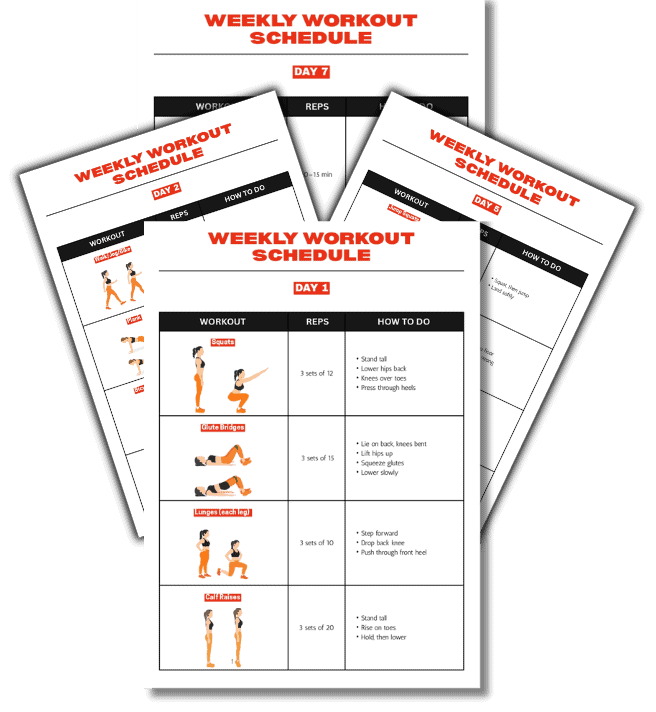
Beginner calisthenics for women isn’t about doing everything at once — it’s about finding a routine that makes you feel strong, capable, and in control.
The first step is often the hardest, but it’s also the one that matters most.
The Free Weekly Workout Schedule was designed to help women stay consistent without stress.
It’s simple, clear, and fits right into your daily life, no matter how busy you are.
Frequently Asked Questions
1. Can I start calisthenics if I’ve never worked out before?
Yes. You don’t need any background in fitness. Start with gentle moves like wall push-ups or glute bridges. Modify anything that feels too hard and build up as you go.
2. How many times a week should I do calisthenics?
Start with 2 to 3 non-consecutive days each week. This gives your body time to recover while still building strength.
3. Will this help me lose weight or just tone up?
Both are possible. If you stay consistent, move your body, and eat in a way that supports your goals, calisthenics can help burn fat and tighten up key areas like your arms, legs, and core.
4. What if I have bad knees or weak wrists?
Use modifications that protect your joints. Try chair-supported squats or push-ups on an incline. And if something doesn’t feel right, skip it. There’s always another way to move.
5. Do I need to follow a plan or can I just do what I like?
You can do either — but a plan gives you structure and progression. It helps avoid overdoing one area and skipping another. Once you build a base, feel free to mix in the moves you enjoy most.
